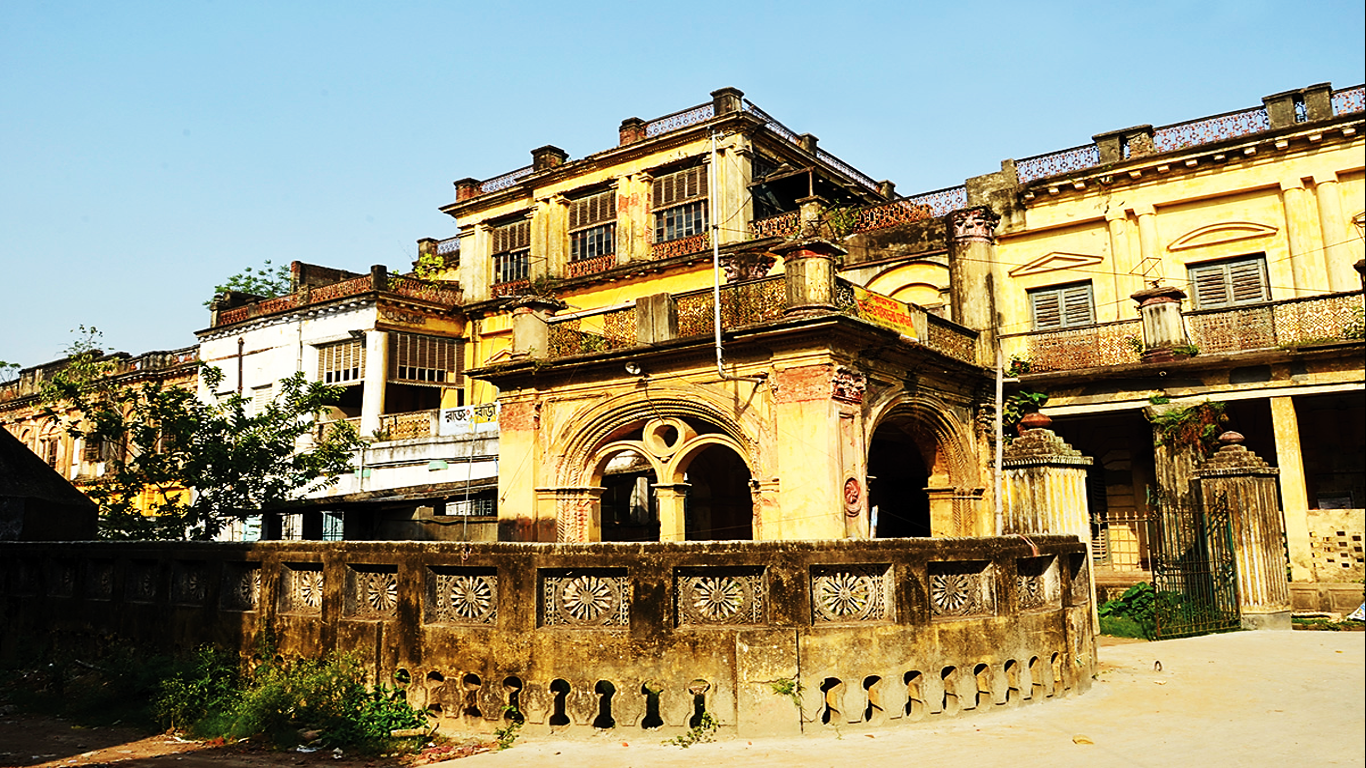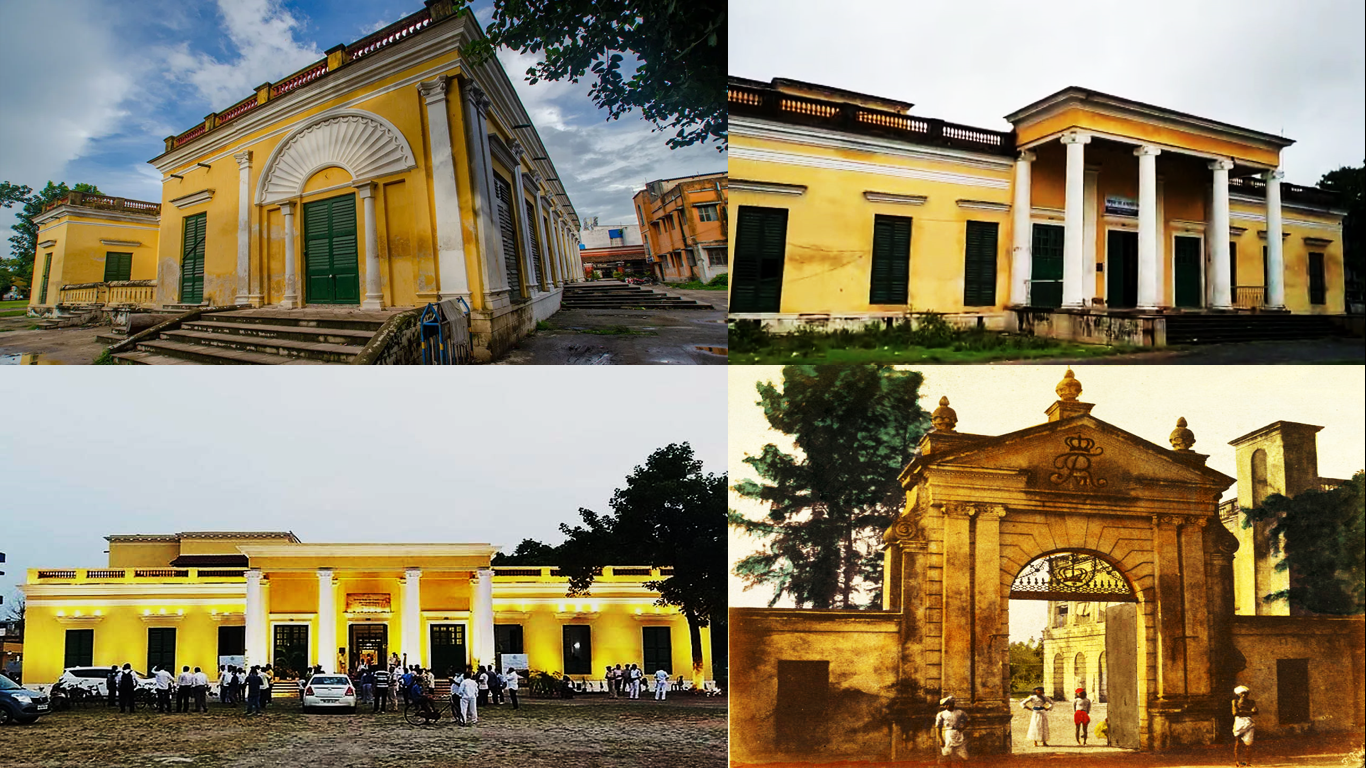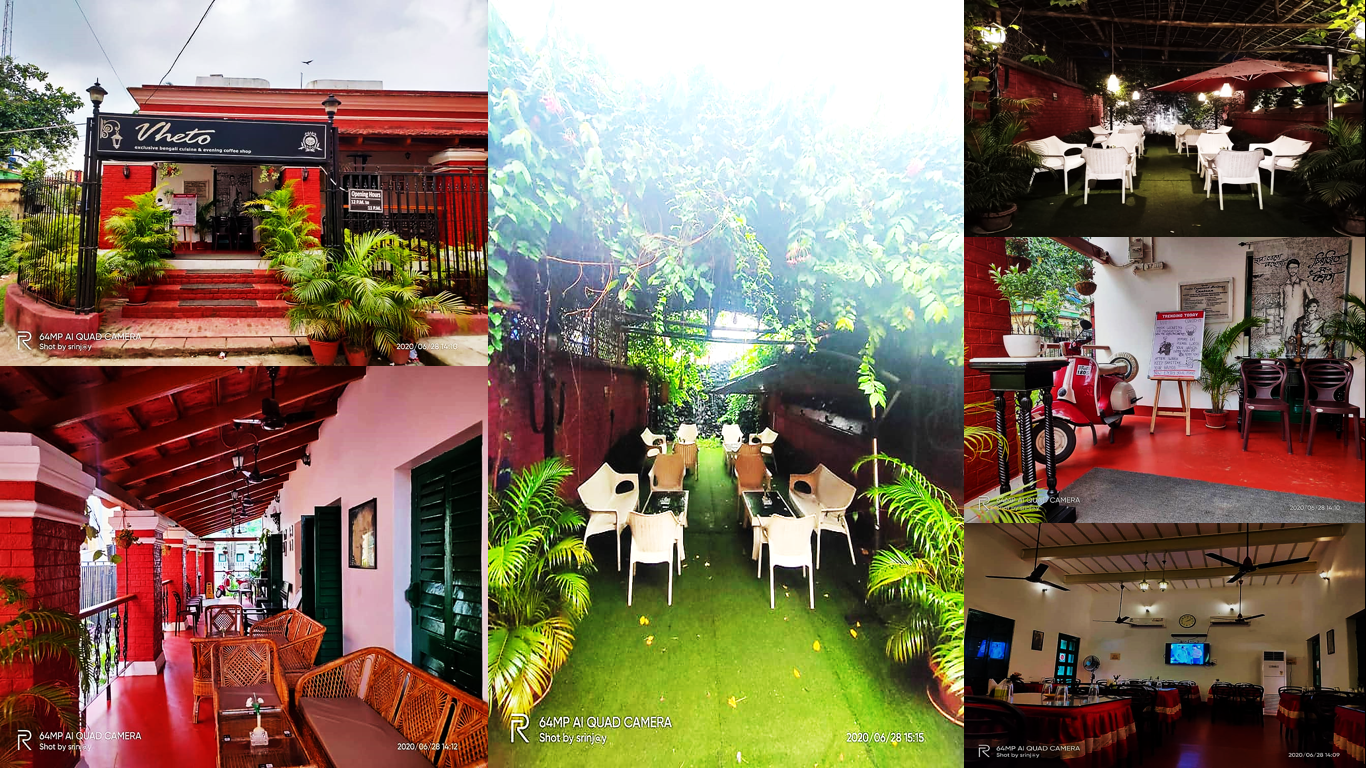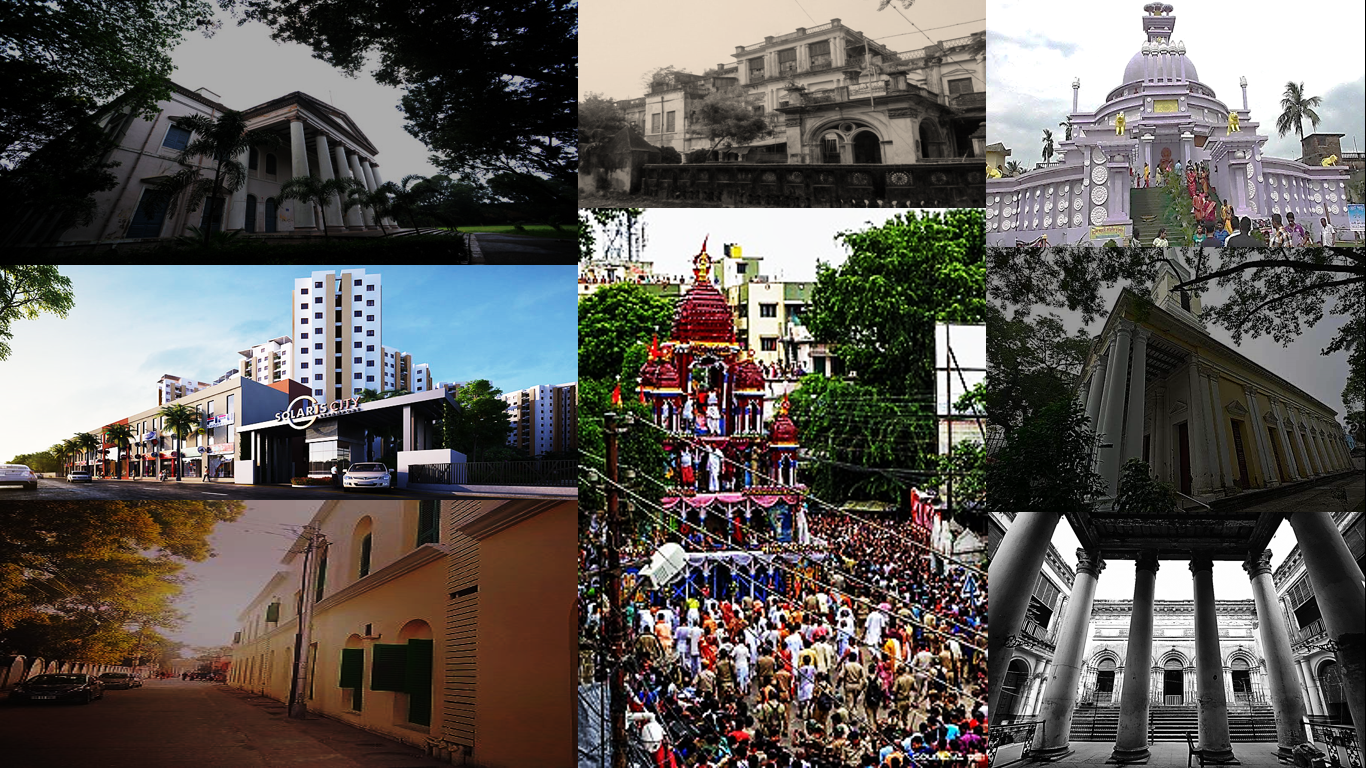
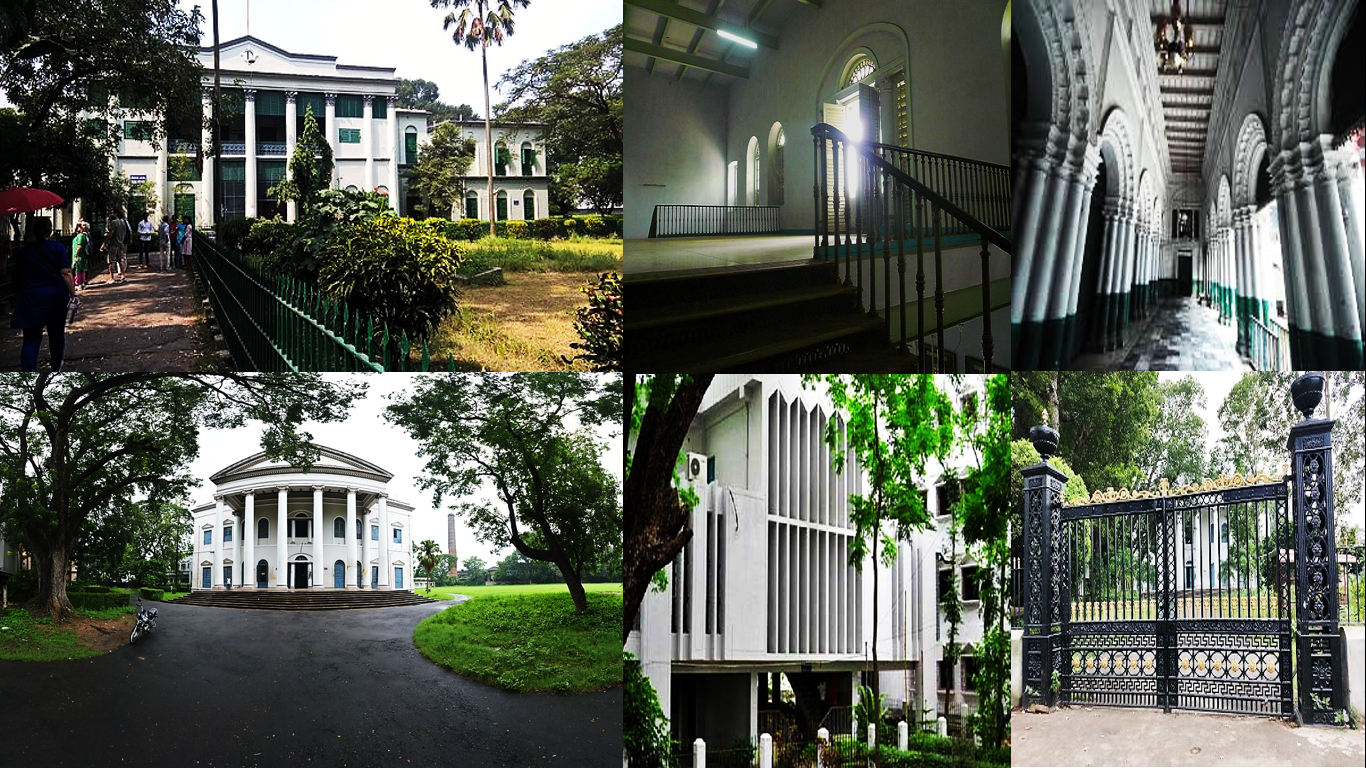


Where is Serampore ?
Serampore is a pre-colonial town on the right bank of the Hooghly river in the Hooghly district of West Bengal. This town, lying on the co-ordinates of 22'45'N latitude and 88'21'E longitude, is a few centuries old. Serampore witnessed the growth and decline of the feudal system, the coming of the danes and their settlement and a cultural renaissance initiated by the British following the construction of the east indian railway and the consequent industrial development. There were three phases in the process of urbanisation of Serampore:
- Pre-urbanisation : Much before the Mughal period, the region between the rivers Saraswati and Hughli was a thriving locality. The names of Akna and Mahesh occur in Bipradas Piplai's Manasamangal Kavya, written in the fifteenth century. Besides these the name of Chatra occurs in the literature of chaitanya's time. There is a vivid description of the ratha-yatra festival of Mahesh in the accounts of Tavarnier. Ruins of Hindu temples are still found in Serampore, like the one known as Henry Martin's Pagoda, the temple of Radhaballabhjeu in Ballabhpur (eighteenth century), the Ram-Sita temple in Sripur and the temple of Gauranga in Chatra dating back to the 16th century. The Jagannath temple of Mahesh is ascribed to 1755. From the reference in Abul Fazl's Ain-i-Akbari that Raja mansingh, who arrived in Eastern India in the 16th century (1589-90), had pitched a tent for his army in the vicinity of Sripur and from the identification of Sripur with Serampore in the Padshanama of Abdul Hamid Lahori, it is clear that these places had attained importance in the pre-Mughal period.
- Urbanisation Phase : This phase of about a hundred years begins with the coming of the Danes and their acquisition of land in the area. In the mid-eighteenth century, the Danish East India Company sent Soetman, a representative from its Tranquebar office in South India to the nawab of Bengal. Their intention was to secure a parwana allowing them the right to do business in Bengal. Soetman obtained the Parwana by paying fifty thousand Rupees in cash to Nawab alivardi khan along with a huge quantity of gifts.
- Industrialisation Phase : During the last days of Danish rule in Serampore, the entire civic administration was completely disrupted. After taking over the possession of the town, the British company began to look after its civic amenities. The earlier 'Village Committee' was transformed into the Serampore Municipality in 1865. Rishra and Konnagar were also included in it. At that time, the affluent high caste section of the Serampore population displayed no sign of modernisation, nor did they subscribe to an urban ethos. The Indian economy during the period was passing through a severe recession. There was continuous migration of rural people to the urban centres. Landless labourers from Uttar Pradesh, Andhra Pradesh, Bihar and Orissa came to Serampore in search of employment. When the second Jute Mill was opened in 1866 in Serampore (the first one was set up in Rishra in 1855) the town began to grow as an industrial town. Along with the Jute mills, many other subsidiary factories came up in the erstwhile rural areas within or on the fringes of the town.
Danish Connection
Rajbari (Palatial Home)
Important Temple
Restaurants
Special Places
Serampore , Hooghly , West bengal , India
